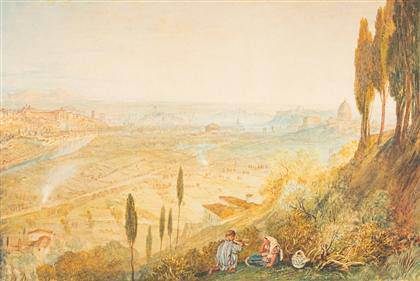
Alfred Jensen, The River Diagram, Lo Shu, 1971
oil on canvas, 60 x 60”

Sol LeWitt, Progressive Structure, 1997
wood painted white, 48-3/4 x 52-1/2 x 24-3/4″
Alfred Jensen/Sol LeWitt: Systems and Transformation The Pace Gallery presents an exhibition juxtaposing the work of Alfred Jensen and Sol LeWitt, two artists whose bodies of work connect to the grid and are governed by systems. From January 13 through February 11, 2012.]]>
Source: The Pace Gallery
Exhibited side-by-side, Jensen’s colorful and tactile abstract paintings and LeWitt’s minimalist white structures reveal thevastly different outcomes that can arise from similar conceptual foundations. Jensen uses mathematical systems toconstruct two-dimensional grid paintings and demonstrate color theories, but the work itself is metaphorical, referencingpre-Colombian and Asian cultures, textiles, and divination. LeWitt’s three-dimensional grid sculptures, in contrast, areself-referential, rooted in logic and reality, and governed by mathematical instructions that objectively organize space.The exhibition will include eight paintings by Jensen and eight open geometric structures by LeWitt.
Jensen’s intricately organized diagrams reflect his distinctive conceptual approach, begun in the late 1950s when hestarted to refine his wide-ranging studies of systems and philosophies—from theories of color and light, mathematics,and the Mayan calendar, to scientific formulations—into multicolored checkerboards. The paintings on view, madebetween 1960 and 1975, include one of Jensen’s largest and most complex works, A la Fin de l’automne (1975). Ahoneycomb of color, numbers, and symbols, the elements alternate between light and dark, with each square bearing anabstract marker. Jensen had travelled to Brazil and Peru just one year earlier, and the work suggests the pattern of apre-Colombian tapestry rendered in thick impasto.
In contrast, LeWitt’s austere open structures, made from basic geometrical units arranged according to pre-determinedmathematical sequences, reflect their own poetics. A pillar of minimalist and conceptual art, Sol LeWitt helpedrevolutionize the definition of art in the 1960s with his famous declaration that “the idea becomes a machine that makesthe art.” Reducing art to its essentials, the cube became the basic modular unit for his artistic inquiry—the “grammaticaldevice” from which his work would proceed. A universally recognizable form that could not be mistaken to representanything other than itself, the cube eliminated the necessity of inventing another form, allowing the form itself to beused for invention. The exhibition will feature all manner of structures of forms derived from the cube, made out ofwood or aluminum and painted white, from between 1971 and 1997, including the ceiling-mounted work HangingStructure (1992), and a maquette for an outdoor structure similar to those recently featured in the Public Art Fund’slandmark survey exhibition Sol LeWitt Structures: 1965–2006, installed in New York’s City Hall Park from May toDecember 2011.
Related content
Pace Gallery presents ‘Bosco Sodi: Ubi sunt’ (exhibition, 2011)
Exhibition at Pace Gallery celebrates Matta’s Centennial (exhibition, 2011)
Follow us on:


